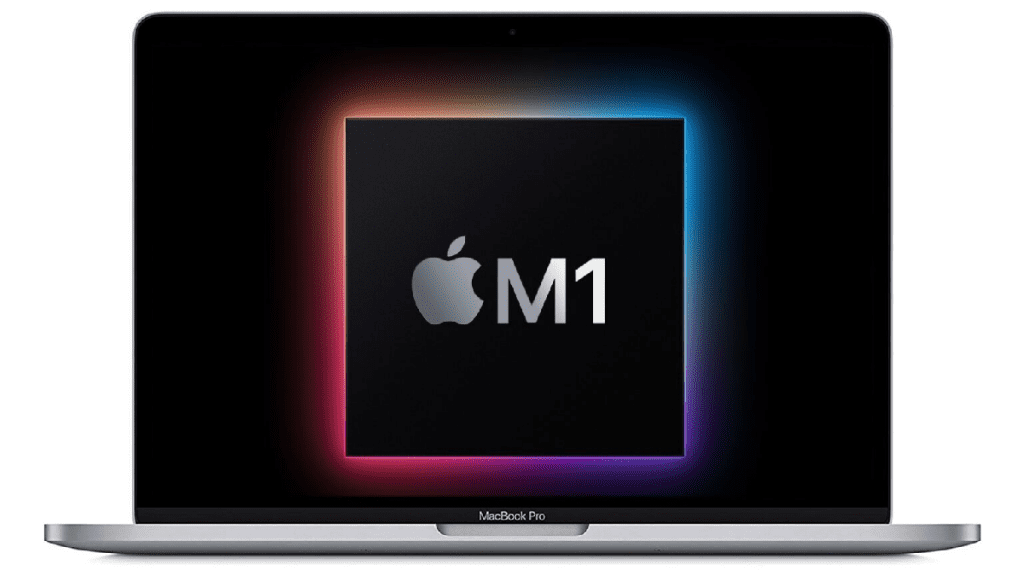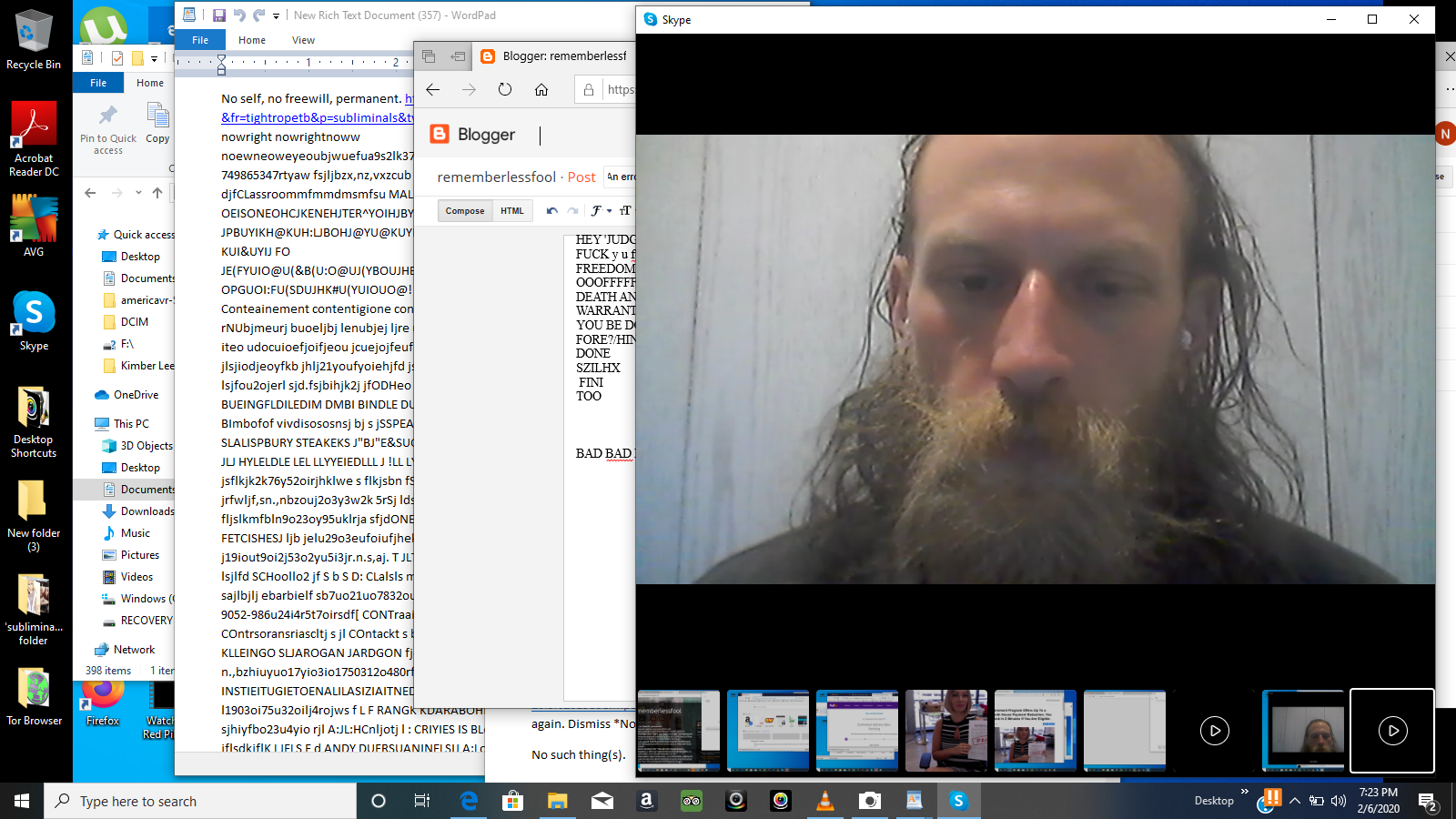Setup Android Emulator on Mac OS X. The purpose of this section is to guide you to create in your development environment an Android emulator. Android emulators are managed through a UI called AVD Manager. AVD Manager has a nice interface when started from Android Studio. Start Android Studio app, then create a blank project.
- Operating System Android
- Download Android Emulator For Mac Play
- Mac Os Android Simulator Online
- Android Windows Emulator
- Currently I am testing on below configuration System OS: macOS Bigsur(11.2.2) chip: Apple M1 iOS Simulator: iPhone11(iOS 14.4) xCode:12.0.4 I get exception like below when i try to select image NSXPCConnection: 0x60000016a080 connection on anonymousListener or serviceListener from pid 17615: Warning: Exception caught during invocation of.
- BlueStacks is known by many users to be the most comprehensive Android.
- Available from Android 4.4 to latest Android versions, in all screen sizes and on a large variety of platforms including our own but also AWS, Google, Azure and Alibaba. This is an example of Genymotion Cloud on AWS using c6g (ARM) instance without graphical acceleration.
An Android simulator for Mac OS X that offers you the possibility to experience applications or games developed for the Android operating system.
What's new in Droid4x 0.8.3 Beta:
- Fixed outdated graphic card error for some AMD graphic cards
- Other bugs fixed
Droid4x is intended to be an Android emulator that offers you the possibility to experience mobile applications or games on your desktop computer. In addition, Droid4x is designed to let you use your mobile device as a controller for the app or game running on your Mac.
The developers are also working on an iOS Droid4x counterpart that should help you deploy Android apps on your iPhone or iPad. Subscribe on the Droid4x website to receive an email notification when the Droid4x iOS client will be published.
Carefully install the Android simulator on your Mac
Droid4x comes with its own installer app that handles both the download and installation processes. However, since Droid4x is using the VirtualBox application, you might encounter issues when trying to boot the Droid4x image.
To make sure everything will run smoothly, uninstall the VirtualBox app (note that the VirtualBox archive includes an uninstallation script that runs in your Terminal), launch the Droid4x installer, and then deploy the Droid4x app using the installer app. Even then you might encounter various errors, and the developers do not provide any type of support.
Unfortunately, they do not offer any indications before using the Droid4x installer app either, which might lead to a very frustrating experience: both the Droid4x and VirtualBox download and installation procedures take a considerable amount of time.
Explore the Google Play store and install your favorite Android apps on your Mac
Once you manage to boot the Droid4x VirtualBox image, you will be able to browse the Google Play Store applications in a well organize interface, and install any of the available apps. Droid4x seamlessly emulates the behavior of a device running on the Android operating system right on your desktop.
As a result, you will be able to enjoy your favorite games on a large display, while using an Android device to control your characters in a more intuitive and user friendly manner.
Filed under
Droid4x was reviewed by Iulia IvanDroid4x 0.8.3 Beta
add to watchlistsend us an update- runs on:
- Mac OS X 10.8 or later (Intel only)
- file size:
- 248.4 MB
- filename:
- Droid4X.pkg
- main category:
- Utilities
- developer:
- visit homepage
top alternatives FREE
top alternatives PAID
-->Many mobile applications consume web services. During the development phase, it's common to deploy a web service locally and consume it from a mobile application running in the iOS simulator or Android emulator. This avoids having to deploy the web service to a hosted endpoint, and enables a straightforward debugging experience because both the mobile application and web service are running locally.
Mobile applications running in the iOS simulator or Android emulator can consume ASP.NET Core web services that are running locally, and exposed over HTTP, as follows:
- Applications running in the iOS simulator can connect to local HTTP web services via your machines IP address, or via the
localhosthostname. For example, given a local HTTP web service that exposes a GET operation via the/api/todoitems/relative URI, an application running in the iOS simulator can consume the operation by sending a GET request tohttp://localhost:<port>/api/todoitems/. - Applications running in the Android emulator can connect to local HTTP web services via the
10.0.2.2address, which is an alias to your host loopback interface (127.0.0.1on your development machine). For example, given a local HTTP web service that exposes a GET operation via the/api/todoitems/relative URI, an application running in the Android emulator can consume the operation by sending a GET request tohttp://10.0.2.2:<port>/api/todoitems/.
However, additional work is necessary for an application running in the iOS simulator or Android emulator to consume a local web service that is exposed over HTTPS. For this scenario, the process is as follows:
Operating System Android
- Create a self-signed development certificate on your machine. For more information, see Create a development certificate.
- Configure your project to use the appropriate
HttpClientnetwork stack for your debug build. For more information, see Configure your project. - Specify the address of your local machine. For more information, see Specify the local machine address.
- Bypass the local development certificate security check. For more information, see Bypass the certificate security check.
Each item will be discussed in turn.
Create a development certificate

Installing the .NET Core SDK installs the ASP.NET Core HTTPS development certificate to the local user certificate store. However, while the certificate has been installed, it's not trusted. To trust the certificate, perform the following one-time step to run the dotnet dev-certs tool:
The following command provides help on the dev-certs tool:
Alternatively, when you run an ASP.NET Core 2.1 project (or above), that uses HTTPS, Visual Studio will detect if the development certificate is missing and will offer to install it and trust it.
Note
The ASP.NET Core HTTPS development certificate is self-signed.
For more information about enabling local HTTPS on your machine, see Enable local HTTPS.
Configure your project
Xamarin applications running on iOS and Android can specify which networking stack is used by the HttpClient class, with the choices being a managed network stack, or native network stacks. The managed stack provides a high level of compatibility with existing .NET code, but is limited to TLS 1.0 and can be slower and result in a larger executable size. The native stacks can be faster and provide better security, but may not provide all the functionality of the HttpClient class.
iOS
Xamarin applications running on iOS can use the managed network stack, or the native CFNetwork or NSUrlSession network stacks. By default, new iOS platform projects use the NSUrlSession network stack, to support TLS 1.2, and use native APIs for better performance and smaller executable size. For more information, see HttpClient and SSL/TLS implementation selector for iOS/macOS.
Android
Xamarin applications running on Android can use the managed HttpClient network stack, or the native AndroidClientHandler network stack. By default, new Android platform projects use the AndroidClientHandler network stack, to support TLS 1.2, and use native APIs for better performance and smaller executable size. For more information about Android network stacks, see HttpClient Stack and SSL/TLS Implementation selector for Android.
Specify the local machine address
The iOS simulator and Android emulator both provide access to secure web services running on your local machine. However, the local machine address is different for each.
iOS

The iOS simulator uses the host machine network. Therefore, applications running in the simulator can connect to web services running on your local machine via the machines IP address or via the localhost hostname. For example, given a local secure web service that exposes a GET operation via the /api/todoitems/ relative URI, an application running on the iOS simulator can consume the operation by sending a GET request to https://localhost:<port>/api/todoitems/.
Note

When running a mobile application in the iOS simulator from Windows, the application is displayed in the remoted iOS simulator for Windows. However, the application is running on the paired Mac. Therefore, there's no localhost access to a web service running in Windows for an iOS application running on a Mac.
Android
Each instance of the Android emulator is isolated from your development machine network interfaces, and runs behind a virtual router. Therefore, an emulated device can't see your development machine or other emulator instances on the network.
Download Android Emulator For Mac Play
However, the virtual router for each emulator manages a special network space that includes pre-allocated addresses, with the 10.0.2.2 address being an alias to your host loopback interface (127.0.0.1 on your development machine). Therefore, given a local secure web service that exposes a GET operation via the /api/todoitems/ relative URI, an application running on the Android emulator can consume the operation by sending a GET request to https://10.0.2.2:<port>/api/todoitems/.
Detect the operating system
The DeviceInfo class can be used to detect the platform the application is running on. The appropriate hostname, that enables access to local secure web services, can then be set as follows:
For more information about the DeviceInfo class, see Xamarin.Essentials: Device Information.
Bypass the certificate security check
Attempting to invoke a local secure web service from an application running in the iOS simulator or Android emulator will result in a HttpRequestException being thrown, even when using the managed network stack on each platform. This is because the local HTTPS development certificate is self-signed, and self-signed certificates aren't trusted by iOS or Android. Therefore, it's necessary to ignore SSL errors when an application consumes a local secure web service. This can be accomplished when using both the managed and native network stacks on iOS and Android, by setting the ServerCertificateCustomValidationCallback property on a HttpClientHandler object to a callback that ignores the result of the certificate security check for the local HTTPS development certificate:
In this code example, the server certificate validation result is returned when the certificate that underwent validation is not the localhost certificate. For this certificate, the validation result is ignored and true is returned, indicating that the certificate is valid. The resulting HttpClientHandler object should be passed as an argument to the HttpClient constructor for debug builds:
Enable HTTP clear-text traffic
Optionally, you can configure your iOS and Android projects to allow clear-text HTTP traffic. If the backend service is configured to allow HTTP traffic you can specify HTTP in the base URLs and then configure your projects to allow clear-text traffic:
iOS ATS opt-out
Mac Os Android Simulator Online
To enable clear-text local traffic on iOS you should opt-out of ATS by adding the following to your Info.plist file:
Android network security configuration
To enable clear-text local traffic on Android you should create a network security configuration by adding a new XML file named network_security_config.xml in the Resources/xml folder. The XML file should specify the following configuration:
Then, configure the networkSecurityConfig property on the application node in the Android Manifest: